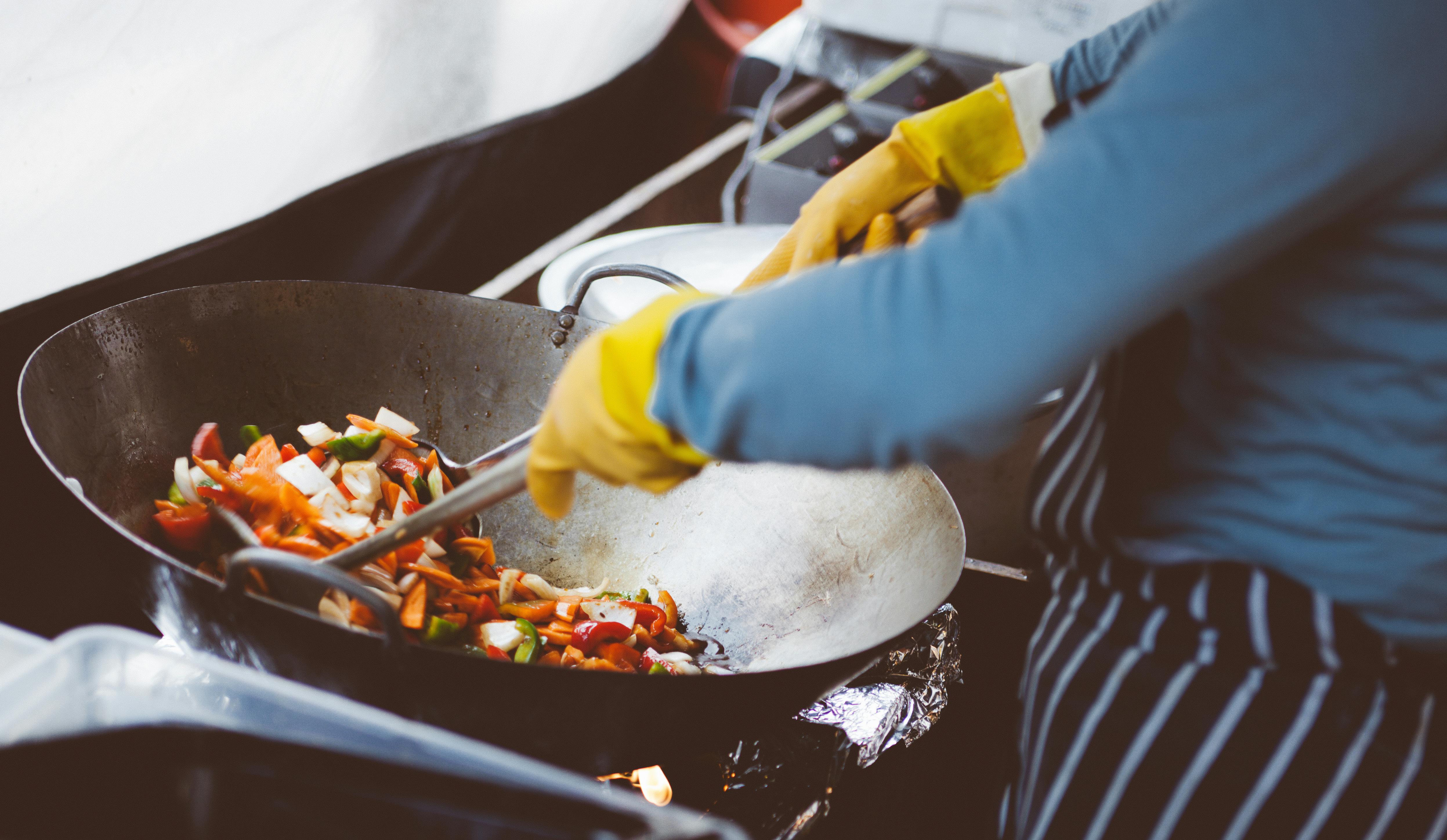Vegetable Cutter: Practical Guide for Kitchen Food Preparation
A vegetable cutter is an appliance designed to simplify the repetitive tasks of slicing, dicing, shredding, and julienning vegetables in home and professional kitchens. Beyond speed, these tools aim to deliver consistent sizes that improve cooking uniformity and presentation. This guide explains how electric and manual cutters work, how they affect food preparation routines, safety and maintenance considerations, and how to choose a cutter that fits your kitchen needs without overcomplicating meal prep.

How does an electric vegetable cutter work?
An electric vegetable cutter uses a motor to rotate blades or discs that process vegetables quickly and consistently. Users typically feed produce through a chute while the cutter slices, grates, or dices with interchange-able attachments. Speed settings and blade types determine cut thickness and texture. For many kitchens, an electric vegetable cutter reduces manual knife time and helps maintain uniform cooking times. Safety features such as locked lids, non-slip bases, and feed pusher systems are common to prevent direct contact with blades while operating.
Choosing the right appliance for your kitchen
Selecting a vegetable cutter for your kitchen starts with assessing counter space, typical batch sizes, and storage. Compact, countertop models suit smaller kitchens or occasional use; larger, commercial-style appliances fit heavy-duty food preparation. Material quality (stainless steel vs. plastic), power rating for electric models, and ease of disassembly for cleaning are practical factors. Consider whether you need multiple blade attachments, dishwasher-safe parts, or a quiet motor if you prepare food during busy household hours or shared living situations.
How does a vegetable cutter change food preparation?
A cutter standardizes cuts so vegetables cook evenly and present consistently on the plate, which benefits both home cooks and food service operations. Tasks that used to take many minutes by hand—chopping onions, shredding cabbage, or julienning carrots—become faster and less physically demanding. That time savings can shift how meals are planned, enabling more frequent home-cooked meals or larger batch prep for weekly meal plans. Consistent cuts also reduce the risk of undercooked or overcooked pieces in mixed dishes, improving overall texture and flavor distribution.
Preparing different vegetables safely and efficiently
Different vegetables require different blades and pre-processing steps. Firm vegetables like potatoes and carrots often need sturdier blades and the option to trim or par-cook tougher produce. Delicate vegetables such as tomatoes or soft fruits may require gentler slicing attachments to avoid crushing. Always remove hard cores, stems, or pits and cut items into pieces that fit the cutter’s feed chute. Use provided pushers, avoid forcing oversized pieces, and follow manufacturer instructions for maximum safety. Proper food handling and cleaning after use reduce cross-contamination risks during food preparation.
Maintaining and troubleshooting an electric vegetable cutter
Routine maintenance extends the life of an electric vegetable cutter. Regularly inspect blades for dullness or damage and replace them according to the manufacturer’s guidance. Clean removable parts promptly—many components are dishwasher-safe, but check labels to avoid warping. For the motor base, wipe with a damp cloth and ensure vents are clear. If the motor stalls, verify that interlocks are engaged, the unit isn’t overloaded, and the power supply is functioning. Persistent issues like overheating, unusual noises, or electrical faults should be addressed by professional service or authorized repair centers.
Conclusion
A vegetable cutter can be a useful appliance for anyone looking to streamline kitchen routines and achieve uniform results with less manual effort. Choosing the right model depends on your cooking volume, space, and preferences for manual versus electric operation. With appropriate safety practices and regular maintenance, a cutter can support more efficient food preparation and a more consistent kitchen workflow.






